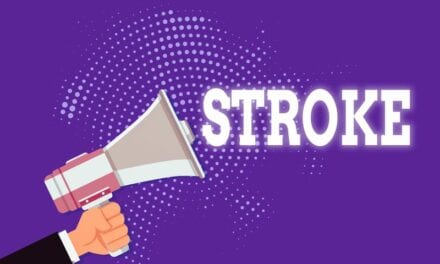NEW YORK (Reuters Health) – Anticoagulants appear to be safe for the treatment of intracranial artery dissections (IADs) with no evidence of subarachnoid hemorrhage (SAH), physicians report in the June issue of Stroke, and such cases have a good prognosis. IADs with SAH, however, have a poor prognosis.
According to Dr. Antti J. Metso and associates at the Helsinki University Central Hospital, "knowledge about IADs depends on single case reports and small series of patients, most indicating a grave prognosis with high mortality and morbidity figure." Physicians have generally been advised to avoid anticoagulant treatment for these patients.
However, that did not match with their own experience, so Dr. Metso’s group evaluated outcomes for 103 consecutive patients diagnosed with IADs. Of these, 22 presented with SAH during the period from 1998 and 2004, and 81 presented without SAH between 1994 and 2004.
Only one patient in the non-SAH group died. At 3 months, 64 (79%) had a favorable outcome, defined as a modified Rankin Scale score of 0 to 2. Five were still hospitalized.
Dr. Metso and associates treated these patients with heparin for 5 to 7 days, followed by oral warfarin for 3 months or more. Nevertheless, there were no recurrences or new infarctions, and there was no evidence of SAH.
Among those with SAH, 21 of the 22 patients had fusiform aneurysms caused by a dissection. Seven patients (31.8%) died within 3 months, and seven (31.8%) had a favorable outcome.
"Compared with non-SAH patients, the condition of SAH patients on admission was significantly worse assessed by Glasgow Coma Scale (p < 0.0001)," the authors note.
Although the Finnish study is the largest thus far to describe IAD outcomes, two neurologists at the University Hospital of Lille in France caution in an editorial that it was not sufficient for forming the basis of treatment decisions.
"Larger multicenter registries, with different strategies left to the opinion of the clinicians, may help to better define the natural history of the disease," Dr. Didier Leys and Dr. Stephanie Debette write.
Stroke 2007;38:1720-1721,1837-1842.


